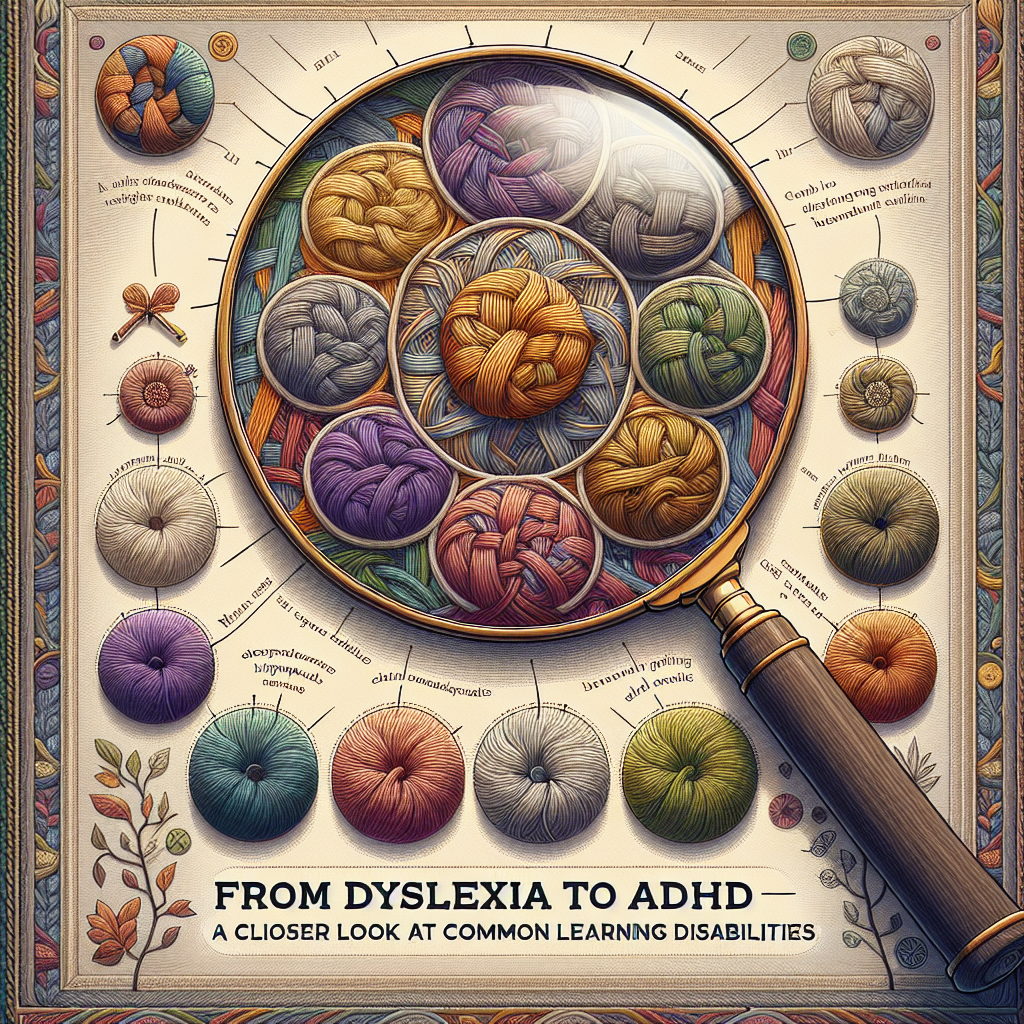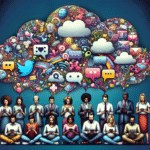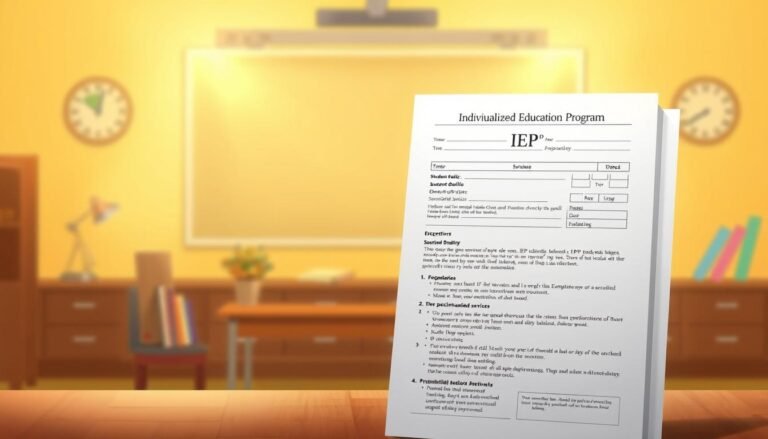
From Dyslexia to ADHD: A Closer Look at Common Learning Disabilities
Introduction
In the landscape of education, learning disabilities (LDs) have become increasingly recognized as crucial aspects of academic success and mental well-being. From Dyslexia to ADHD: A Closer Look at Common Learning Disabilities illuminates the intricate web of challenges faced by millions of children and adults alike. Understanding these disabilities empowers educators, parents, and individuals to cultivate an inclusive environment that fosters growth and confidence. With approximately 1 in 5 individuals exhibiting some form of learning disability, it’s imperative to cultivate more awareness and insight into these conditions. Let’s embark on an enlightening journey to demystify learning disabilities.
Understanding Learning Disabilities
Learning disabilities are neurological disorders that affect the brain’s ability to process, understand, and use information. These conditions can manifest in a variety of ways, impacting reading, writing, math, and even social interactions. The most prevalent learning disabilities include Dyslexia, Dyscalculia, and Attention-Deficit/Hyperactivity Disorder (ADHD).
Defining Learning Disabilities
Dyslexia: This specific learning disability primarily affects reading. Individuals with Dyslexia may struggle with word recognition, decoding, and spelling.
Dyscalculia: Often dubbed "math dyslexia," individuals with Dyscalculia have difficulty understanding numbers and mathematical concepts.
- ADHD: Though not a learning disability in the traditional sense, ADHD significantly impacts academic performance due to issues with attention, impulsivity, and hyperactivity.
Common Characteristics
| Learning Disability | Common Traits |
|---|---|
| Dyslexia | Difficulty in reading, spelling errors, slow reading speed. |
| Dyscalculia | Trouble with basic math concepts, difficulty understanding time and measurements. |
| ADHD | Inattention, hyperactivity, impulsiveness, difficulty organizing tasks. |
Dyslexia: The Reading Struggle
Case Study: Sarah’s Journey
Sarah, a 10-year-old girl, struggled with reading comprehension, often avoiding books and reading assignments. Despite her intelligence and effort, Sarah faced relentless frustration in the classroom. After being diagnosed with Dyslexia, her academic journey took a turn for the better. With tailored instruction strategies—like multisensory learning—she began grasping phonemic awareness and developed a love for reading.
Analysis
Sarah’s story illustrates the transformative power of early diagnosis and intervention. Through customized instructional methods, students with Dyslexia can gain confidence and experience academic success.
Effective Strategies for Supporting Dyslexia
- Multi-sensory Learning Approaches: Engaging multiple senses can enhance understanding.
- Specialized Tutoring: Programs designed specifically for Dyslexia can provide targeted help.
- Assistive Technology: Audio books and text-to-speech software can alleviate frustration.
Dyscalculia: The Numbers Game
Case Study: Alex’s Battle with Numbers
Alex, a 12-year-old, found math class to be a nightmare. Unlike his peers, who easily solved equations, Alex struggled with basic arithmetic. After several consultations, he was diagnosed with Dyscalculia. With the right strategies—such as using visual aids and manipulatives—Alex gradually improved. He began to see numbers not as enemies but as familiar friends.
Analysis
Alex’s narrative emphasizes that, like Dyslexia, Dyscalculia requires targeted approaches. Visualization in math can break down barriers to understanding, allowing students to thrive.
Effective Strategies for Supporting Dyscalculia
- Use of Visual Aids: Charts and diagrams can make mathematical concepts digestible.
- Practice with Real-Life Scenarios: Incorporating everyday math can demonstrate the practicality of learning.
- Games and Activities: Fun ways to learn math can nurture engagement.
ADHD: The Attention Challenge
Case Study: Mike’s Hyperactive Journey
Mike, an energetic teen bursting with creativity, often found himself in trouble for his impulsive behavior and inability to focus in class. His struggles persisted until an assessment revealed he had ADHD. With a structured environment and coping strategies in place, Mike learned to channel his energy positively. He became an active participant rather than a passive observer.
Analysis
Mike’s experience reveals the necessity of structure and accountability in managing ADHD. Through tailored strategies and support, individuals with ADHD can elevate their academic and personal lives.
Effective Strategies for Supporting ADHD
- Structured Routines: Consistency can diminish anxiety and enhance focus.
- Break Tasks into Smaller Steps: Making projects manageable encourages completion.
- Use of Timers and Checklists: These tools can aid in organizing tasks and managing time effectively.
Navigating the Educational System
Parents and educators play a crucial role in supporting children with learning disabilities. Understanding individual needs and implementing specific strategies tailored to each child can create a robust foundation for success.
Individualized Education Programs (IEPs)
An IEP is a tailored plan that outlines the educational goals and necessary services for a child with learning disabilities. It ensures that students receive appropriate resources and accommodations.
Key Components of an IEP
- Current performance level
- Annual goals
- Services needed to achieve those goals
- Methods for measuring progress
Having an IEP can be instrumental in a child’s educational journey, especially for those facing challenges from Dyslexia to ADHD.
The Importance of Awareness and Advocacy
Understanding and advocacy for individuals with learning disabilities are more vital than ever. By raising awareness within schools and communities, we can foster environments where everyone has the opportunity to succeed.
Community Involvement
Organizing workshops, seminars, and support groups can provide valuable information to families navigating learning disabilities. Schools should work alongside parents to create a collaborative community focused on understanding and supporting students.
Conclusion
From Dyslexia to ADHD, the path of navigating learning disabilities is complex but not insurmountable. With appropriate resources, tailored strategies, and a supportive environment, individuals can transform their challenges into strengths. The inspiration lies in recognizing that learning differences do not equate to learning deficits. Empowering students with the right tools can cultivate an inclusive atmosphere where every child can thrive.
FAQs
1. What are the most common learning disabilities?
Some of the most common learning disabilities include Dyslexia, Dyscalculia, and ADHD.
2. How can I tell if my child has a learning disability?
Signs may include difficulty in reading, writing, math, or attention issues. Consult a healthcare professional for an evaluation.
3. Are learning disabilities hereditary?
Yes, learning disabilities can run in families, suggesting a genetic component.
4. How can schools support students with learning disabilities?
Schools can provide individualized education plans (IEPs), access to specialized teaching strategies, and the use of assistive technology.
5. Can a learning disability be overcome?
While learning disabilities cannot be cured, individuals can learn strategies to improve their abilities and thrive in academic environments.
6. What role do parents play in helping children with learning disabilities?
Parents can advocate for their children, seek out resources, and provide a supportive home environment that encourages learning.
In closing, From Dyslexia to ADHD: A Closer Look at Common Learning Disabilities illustrates the importance of understanding and support. Let’s continue to foster environments where individual differences are embraced and every student is given a chance to succeed.
















